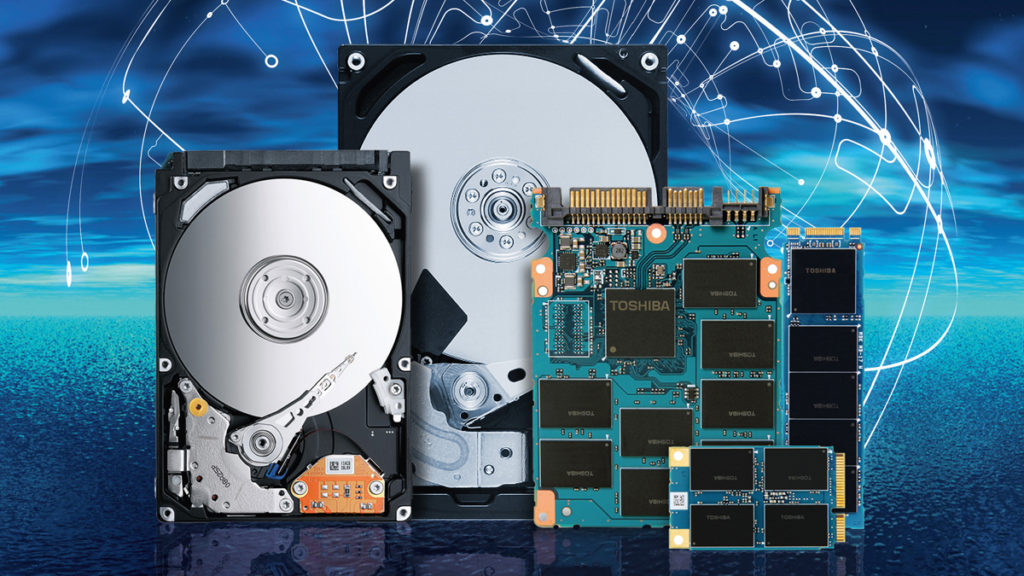Image: Toshiba
Japanese storage giant Toshiba will release its biggest hard drives yet in the form of the 18 TB MG09 Series. The company shared the news in a press release published today, which confirmed that the new 3.5-inch HDDs feature the company’s third-gen, nine-disk helium-sealed design and innovative Flux Control – Microwave Assisted Magnetic Recording (FC-MAMR) technology to boost Conventional Magnetic Recording densities from 16 TB to 18 TB. In terms of performance, the HDDs feature a rotational speed of 7,200 RPM, a data transfer speed of 268 MiB/s, and a 550 TB per year workload rating.
“With its improved power efficiency and 18TB capacity, the MG09 Series helps cloud-scale infrastructure advance storage density to reduce...
Continue reading...
